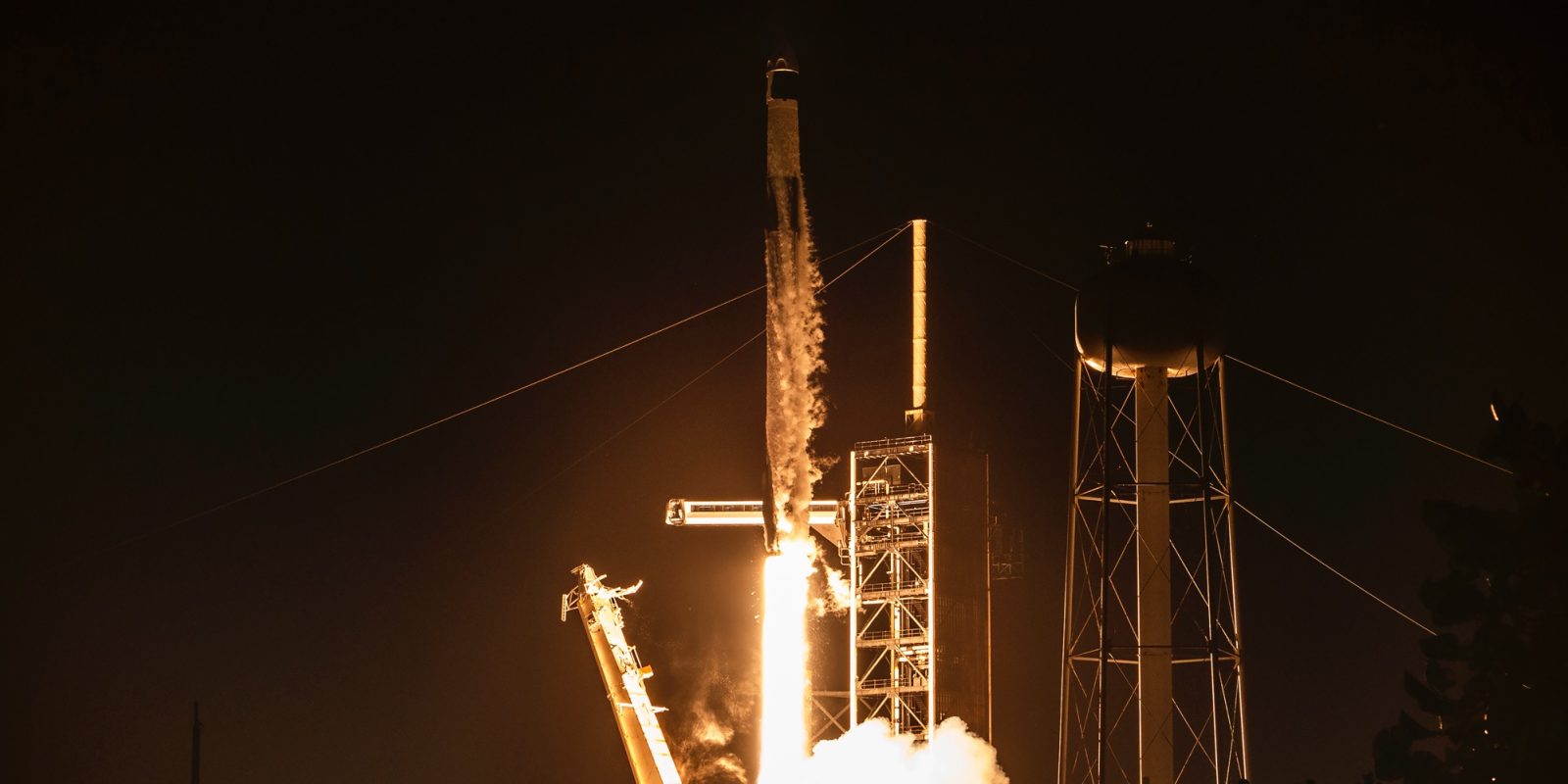
Monday evening, SpaceX’s “Fram2” lifted off successfully from Kennedy Space Center in Florida. The mission marked the first human spaceflight to fly in a true polar orbit, passing directly over both the North and South Poles. The mission name references the historic Norwegian ship Fram, which was used during polar expeditions in the late 19th and early 20th centuries.
The Falcon 9 rocket successfully lifted off at 9:46 p.m. EDT on March 31 from Launch Complex 39A. The Dragon capsule in use is Resilience, featuring a cupola window at the top of the spacecraft instead of a docking port. This vehicle previously supported NASA’s Crew-1 mission, along with Jared Isaacman’s commercial Inspiration4 and Polaris Dawn missions in 2020, 2021, and 2024, respectively.
The Fram2 crew includes four civilian astronauts: Chun Wang of Malta, Jannicke Mikkelsen of Norway, Rabea Rogge of Germany, and Eric Philips of Australia. Each member brings expertise from nontraditional spaceflight backgrounds, including cryptocurrency, filmmaking, robotics research, and polar exploration.
“This is not just a mission to space – it’s an effort to bridge human stories, science, and new ways of seeing our planet,” Mikkelsen said during pre-launch interviews.
Mikkelsen is expected to lead visual documentation efforts using RED V-Raptor 8K and Canon R5C cameras, with plans to capture high-resolution and 180-degree virtual reality footage of Earth’s polar regions.
The crew underwent training at SpaceX facilities in Hawthorne, California, which reportedly included spacecraft systems operation, emergency simulation, zero-gravity adaptation, and multi-environment survival techniques. Philips commented that training “combined the rigor of expedition planning with the technical depth of orbital science.”
The three-to-five-day mission is expected to support 22 scientific experiments. Projects include capturing high-altitude images of auroras and the atmospheric phenomenon “STEVE,” using the first mobile MRI and X-ray device in orbit, and examining hormonal responses in female physiology under microgravity conditions.
The crew is also set to participate in the MushVroom project, designed to explore the feasibility of growing oyster mushrooms in orbit – an experiment that may inform closed-loop food systems for Mars-bound missions or remote agriculture on Earth.
The Crew Dragon capsule’s cupola has been equipped with custom 3D-printed camera mounts to enhance Earth observation opportunities, particularly over polar terrain rarely photographed from orbit.
Fram2’s orbit and citizen-led crew may represent a broader shift toward democratized spaceflight and interdisciplinary research. The crew’s journey could provide insight into both human resilience and environmental conditions at the planet’s extremes, combining science, exploration, and storytelling in a way not previously attempted.
FTC: We use income earning auto affiliate links. More.




Comments